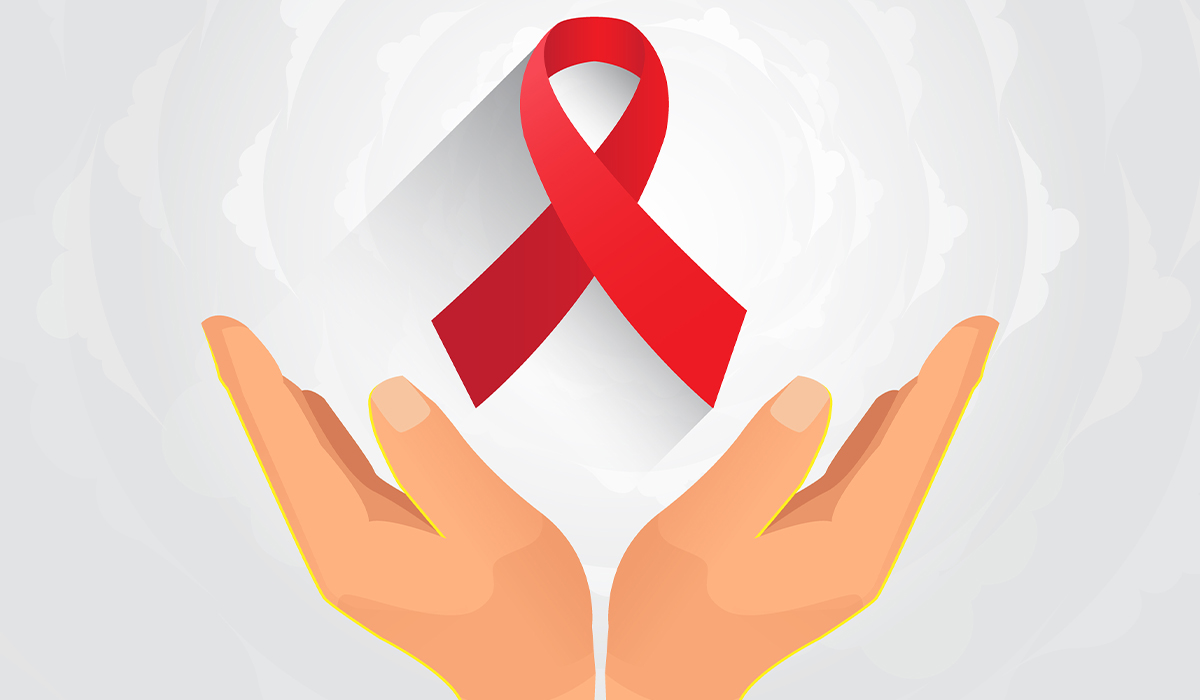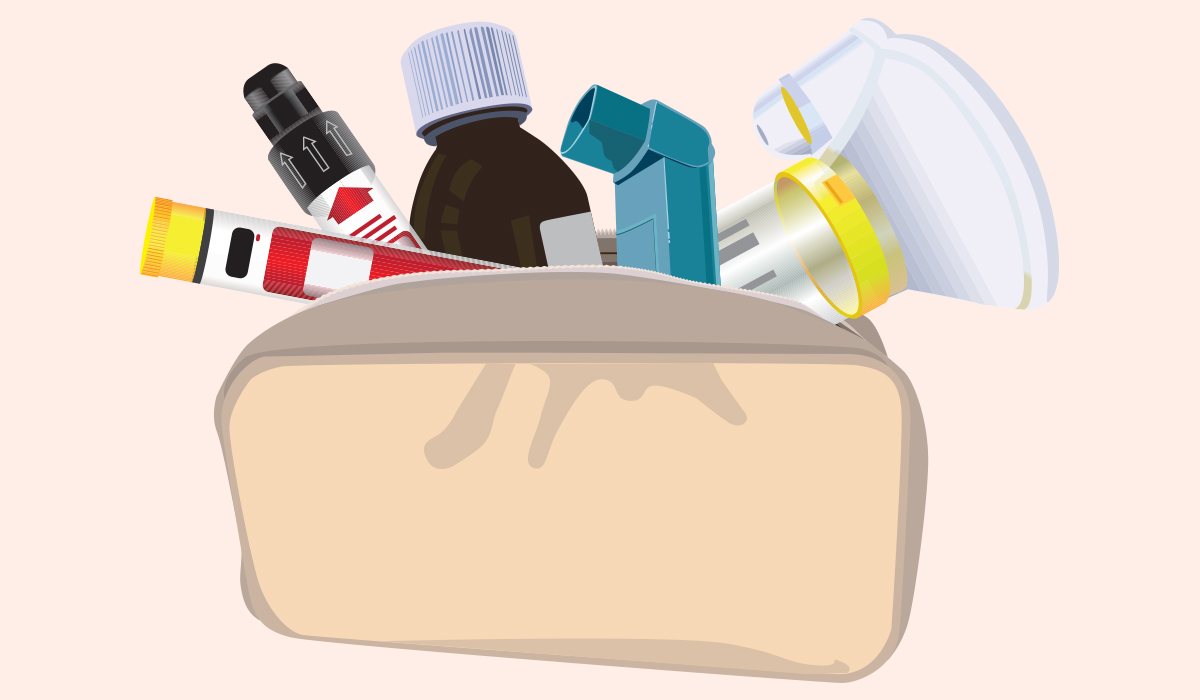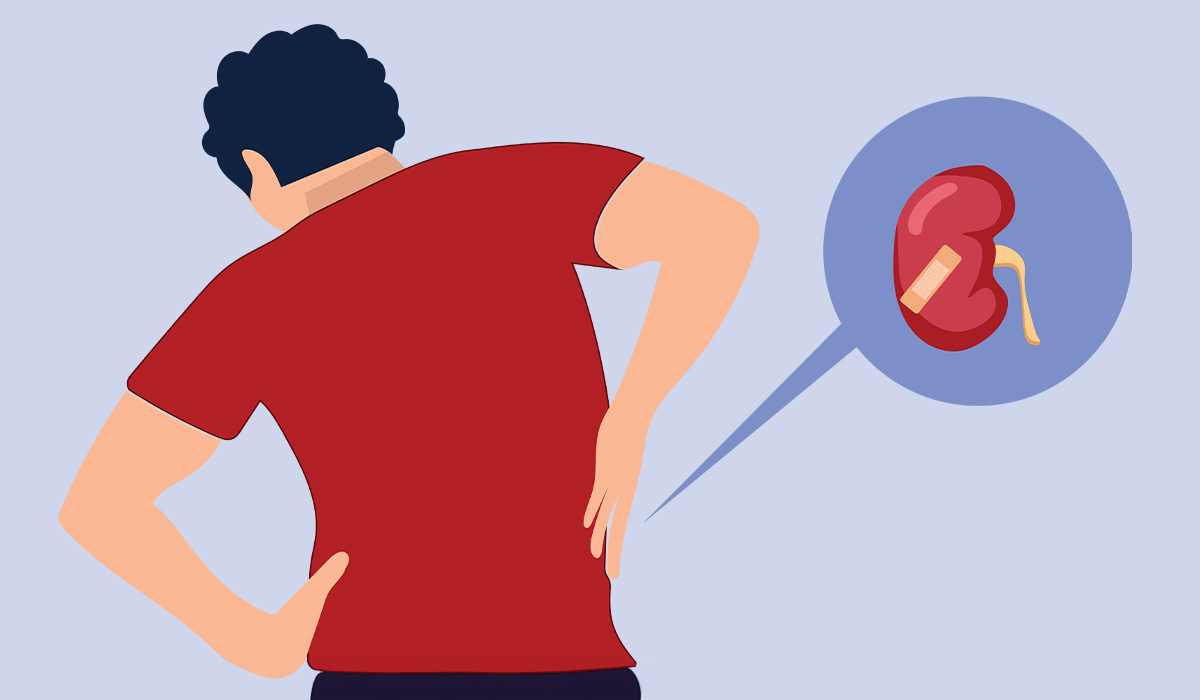Common signs and symptoms include difficulty swallowing caused by swollen tonsils, sore throat, fever, and throaty voice. Complications can also occur if the disease is left untreated or managed poorly. These usually include peritonsillar abscess, tonsillar cellulitis, and obstructive sleep apnea.
Continue reading the article to learn more about the symptoms and complications caused by tonsillitis and find the answers to the following questions:
- What are tonsils, and why do they get inflamed?
- Is tonsillitis contagious?
- Who is at risk of developing this disease?
- How to diagnose tonsillitis?
- How to treat tonsillitis, and how long it takes?
- Are tonsillitis complications common?
- How to prevent tonsillitis?
- How can I relieve the symptoms at home?
What is tonsillitis?
Tonsillitis derives its name from the tonsils – two clusters of soft tissue, also called lymph nodes, located in the back of the throat (pharynx). They contain many white cells related to their primary function – killing germs, bacteria, and viruses to prevent infection. Everything that gets past the mouth or nose gets filtered by the tonsils, which can be considered the body’s first line of defense against harmful foreign bodies.
Even though tonsils are a very capable part of the lymphatic system, they can get overwhelmed if there are too many bacteria or viruses to neutralize. As a result, tonsils get swollen and inflamed, causing characteristic symptoms.
Tonsillitis can be divided into three types, depending on how often the symptoms occur:
- Acute tonsillitis – short-term tonsillitis that lasts 3 to 4 days (in some cases, it can last up to 2 weeks)
- Recurrent tonsillitis – tonsillitis that occurs several times per year
- Chronic tonsillitis – a long-term inflammation that lasts longer than two weeks
Acute tonsillitis can usually be overcome with anti-biotic treatment and at-home care. Cases of tonsillitis that keep coming back and chronic versions of the disease that don’t respond to any form of treatment are legible for tonsillectomy – surgical removal of the tonsils.
Tonsillectomy was a common way to treat tonsillitis in the past, but it is now replaced with other treatment strategies and recommended if the symptoms recur or don’t improve. See the ‘Conventional treatment’ paragraph for more detailed information.
Causes
Both bacteria and viruses can cause tonsillitis. However, it is more likely to be caused by a virus, which accounts for 70% of all tonsillitis cases. The responsible viruses include the flu virus (influenza) and the common cold virus.
Bacterial infections leading to tonsillitis are less common and are usually one of the symptoms of strep throat caused by group A streptococcus bacteria. People without tonsils can still be infected by this bacteria and develop strep throat.
Tonsillitis – Is it contagious?
Flu virus, common cold virus, and A streptococcus bacteria are highly contagious. They can easily pass from person to person and make them develop tonsillitis. It may happen in a number of ways:
- touching a surface or an object contaminated with a bacteria or a virus and then touching your face
- sharing food, drinks, or utensils
- kissing
- inhaling respiratory droplets generated by an infected person (droplets are released during coughing and sneezing)
- a direct contact with a sick person
Getting infected with tonsillitis can be difficult to prevent if a sick person lives with others or has close contact with people. For instance, touching a contaminated knob, talking to classmates, or sharing some food is all that is needed to get infected.

Risk factors
Children between the ages of 3 and 10 are most likely to develop tonsillitis. Other primary risk factors are frequent exposure to germs and lack of personal hygiene. These two factors often come into play at schools. Infected children are likely to pass the bacteria along to their peers. Sharing food and drinks between friends and not washing hands increases the risk of spreading the disease.
Signs and symptoms
The most common warning signs and symptoms of tonsillitis are as follows:
- throat pain
- throat tenderness
- red and swollen tonsils
- difficulty swallowing, sometimes accompanied by pain
- fever (high temperature)
- chills
- headache
- loss of appetite
- scratchy throat
- bad breath
- stomachache
- neck pain and stiffness
- white or yellow patches on the tonsils
- throaty voice
- vomiting
Young children affected by tonsillitis may not be able to describe their symptoms. If you are wondering if your child has tonsillitis, determine if they are experiencing the following symptoms:
- refusal to eat or swallow
- vomiting
- stomach pain
- drooling
Complications
Tonsillitis complications can occur due to long-term disease (chronic tonsillitis) in which tonsils are swollen for longer than two weeks. The additional health problems that may develop include:
Obstructive sleep apnea – a sleep-related breathing disorder that causes insomnia, loud snoring, disrupted breathing and gasping during sleep, and inattentiveness while awake.
Peritonsillar abscess – it refers to a pus-filled tissue next to a tonsil, at the back of the mouth. Peritonsillar abscess causes pain and makes it difficult to open the mouth.
Tonsillar cellulitis – it occurs when the infection spreads to the surrounding areas. Its symptoms include intense pain that often radiates to one of the ears and fever.
If tonsillitis is caused by group A streptococcus bacteria, the possible complications are related to strep throat and may include the following:
- kidney inflammation (post-streptococcal glomerulonephritis)
- scarlet fever
- rheumatic fever
- post-streptococcal reactive arthritis
- abscesses
Strep throat complications can occur if the anti-biotic therapy is prematurely stopped or the symptoms are not managed properly.
Diagnosis and tests
To determine if a person has tonsillitis, a doctor needs to perform a general examination that includes a physical check-up and look out for common signs of tonsillitis such as enlarged and swollen tonsils, white spots on the tonsils, fever, and whether they are red. During a visit, a doctor will also check the nose and ears for signs of infection. Visible symptoms such as coughing, runny nose, and rash can help determine if a person is affected by a viral or bacterial infection.
After a doctor confirms tonsillitis, they usually order additional tests to determine if a virus or bacteria caused the infection. These include complete blood cell count (CBC), throat swab, and scarlatina test.
Complete blood cell count test
Some doctors may order a complete blood cell count (CBC) that is used to find the cause of the infection, which can be either of bacterial or viral origin. The test involves a clinic’s healthcare professional taking a small blood sample, which is then sent to a lab for testing. The test results include the count of various blood cells, showing which ones are elevated and which are below average values.
Throat swab
A throat swab is a simple test that involves rubbing a sterile swab over the back of a person’s throat. The obtained sample of secretions from a throat is then sent to a lab to find the presence of streptococcal bacteria.
If a clinic has a lab, it is possible to get the results within a few minutes. It is referred to as a rapid throat swab. However, if there is a need to perform a more precise test, the sample must be sent to a lab, and usually takes a few days.
Positive results of a rapid throat swab confirm the presence of group A streptococcus bacteria that causes strep throat.
Test for scarlatina
If a rash accompanies tonsilitis symptoms, a doctor will order a test for scarlatina, also known as scarlet fever. This condition is one of the complications caused by strep throat.

Conventional treatment
Treatment options for tonsillitis depend on whether it is caused by a bacterium or a virus. In the case of bacterial infection, anti-biotic therapy is the most effective strategy. The most common treatment plan is to take an anti-biotic orally for a course of 10 days.
It is essential to follow a doctor’s advice and make sure not to forget to take anti-biotics and don’t stop the treatment before the 10-day period. Even if the symptoms improve or disappear entirely, it is not recommended to stop taking prescribed medications as the tonsilitis symptoms may come back. Stopping the treatment may also result in serious strep throat complications such as rheumatic fever, kidney inflammation, or scarlet fever.
In addition to anti-biotics, a doctor may also recommend over-the-counter medications to relieve headaches, stomach pain, fever, and pain during swallowing.
Surgery for tonsilitis
Removal of tonsils is a surgical procedure that is used as a last resort against tonsillitis. It applies to people whose symptoms keep coming back (recurrent tonsilitis) and tonsillitis that medications and at-home care cannot get rid of.
At-home care
If a virus is the cause behind the infection, anti-biotics won’t be effective. In such a scenario, the body must overcome a virus independently. However, several strategies exist to aid the body in this task. Doctors most often recommend the below at-home ways to treat viral tonsillitis:
- drinking a lot of fluids to stay hydrated throughout the whole day
- getting plenty of rest and avoiding physical strain, especially if you have a fever
- avoiding smoking and exposure to second-hand smoke as it can irritate the throat and aggravate symptoms
- taking over-the-counter pain relievers
- using a humidifier to moisten the air in your room
- gargle with warm salt water
- eating smooth foods to make swallowing easier
- avoiding hard foods
- drinking warm liquids
- using throat sprays
Preventing tonsillitis
It is not possible to entirely prevent a bacterial or viral infection from happening, but there are ways to lower the risk. These include the following:
- avoiding sharing drinks, food, and utensils
- regularly replacing a toothbrush (according to the Centers for Disease Control and Prevention (CDC), toothbrush should be replaced every three to four months)
- washing hands before touching your face
- staying away from people who are infected
- boosting your immune system by eating a healthy diet rich in vitamins, minerals, and antioxidants and engaging in physical activity each week
Key facts
Tonsils are part of the body’s lymphatic system, fighting germs and foreign bodies. When overwhelmed by bacteria or viruses, they become swollen and inflamed, leading to symptoms such as fever, stomach pain, loss of appetite, and throat tenderness.
Children aged 3 to 10 are more susceptible to tonsillitis. Frequent exposure to germs and poor personal hygiene increase the risk. Schools and close social interactions contribute to the spread of the disease.
Common symptoms of tonsillitis include throat pain, tenderness, red and swollen tonsils, difficulty swallowing, fever, headache, loss of appetite, and white or yellow patches on the tonsils. Young children might exhibit symptoms like refusal to eat, vomiting, and drooling.
Doctors diagnose tonsillitis through physical examination, checking for symptoms like enlarged and swollen tonsils, fever, and throat redness. Tests include complete blood cell count, throat swab to identify streptococcal bacteria, and potentially a scarlatina test if rash is present.
While complete prevention is challenging, measures to reduce risk include avoiding sharing items, regularly replacing toothbrushes, washing hands before touching the face, minimizing contact with infected individuals, and strengthening the immune system through a healthy diet and exercise.
Sources
- NIH. (2022). How do the tonsils work?
https://www.ncbi.nlm.nih.gov/books/NBK279406/ - Stanford Medicine. Tonsillitis.
https://www.stanfordchildrens.org/en/service/ear-nose-throat/conditions/tonsillitis - NIH. (2023) Tonsillitis.
https://www.ncbi.nlm.nih.gov/books/NBK544342/ - MedlinePlus. Tonsillitis.
https://medlineplus.gov/tonsillitis.html - NHS Infrom. (2023). Tonsillitis.
https://www.nhsinform.scot/illnesses-and-conditions/ears-nose-and-throat/tonsillitis















